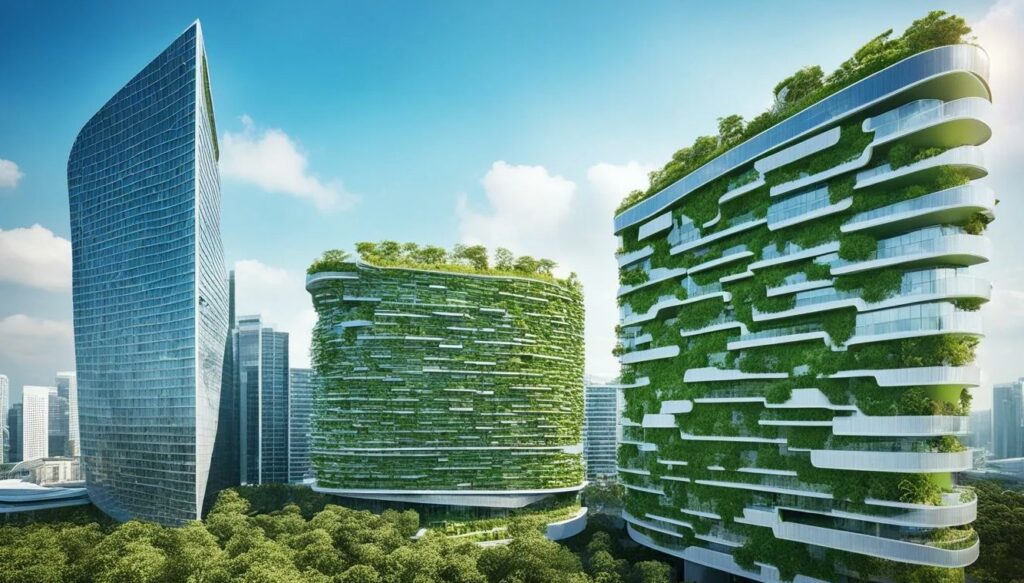The paradigm shift toward green architecture energy efficiency design represents one of the most significant transformations in modern construction. Through 3D models for sustainable architecture, architects and engineers can now visualize and optimize every aspect of a building’s energy performance before construction begins. FreeCAD for building energy efficiency has emerged as a powerful tool in this revolution, enabling professionals to create structures that harmonize with their environment while minimizing energy consumption.
One of the most groundbreaking applications of 3D modeling for green technologies is in passive design optimization. Architects can simulate how a building will perform throughout different seasons, analyzing factors like solar gain, thermal mass effectiveness, and natural ventilation patterns. These simulations allow for precise positioning of windows, overhangs, and thermal storage elements, reducing reliance on mechanical heating and cooling systems by up to 40% in some cases.
Daylighting analysis represents another critical application of FreeCAD for renewable energy design in architecture. The software’s lighting simulation tools enable designers to optimize window placement and interior layouts to maximize natural illumination while minimizing glare and heat gain. This approach not only reduces energy costs but also creates healthier indoor environments that boost occupant productivity and well-being.
The integration of renewable energy systems into building designs has been revolutionized by open-source CAD for green design. FreeCAD allows architects to seamlessly incorporate solar panels, small wind turbines, and geothermal systems into their 3D models for sustainable architecture. The software can calculate expected energy production and compare it against the building’s projected consumption, enabling true net-zero designs.
Material selection and construction detailing benefit tremendously from 3D modeling for renewable energy projects in architecture. Designers can analyze the thermal properties of different wall assemblies, test innovative insulation strategies, and optimize building envelopes for maximum energy efficiency. FreeCAD’s material libraries and thermal analysis tools provide quantitative data to support these critical decisions.
Urban planning applications of FreeCAD for building energy efficiency are equally transformative. Planners can model entire neighborhoods to study microclimate effects, heat island mitigation strategies, and district energy system potential. These large-scale simulations help create more sustainable communities where buildings work together rather than operating as isolated energy consumers.
As building codes worldwide become increasingly stringent regarding energy performance, 3D modeling for green technologies is transitioning from an innovative advantage to an industry necessity. FreeCAD’s continuous development ensures it remains at the forefront of this transformation, providing architects with the tools they need to design buildings that meet both current requirements and future sustainability challenges.

